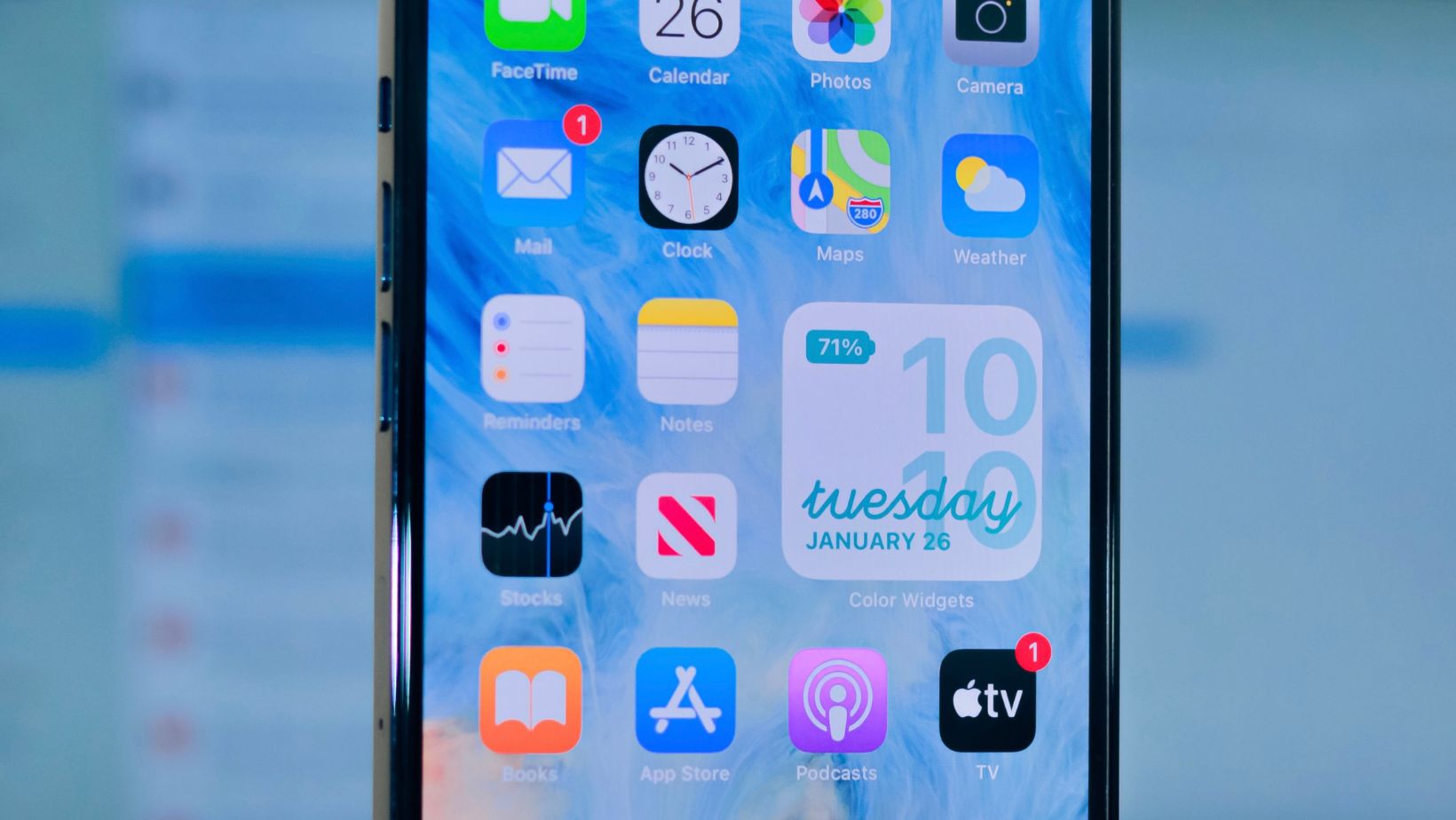 In today’s mobile-first world, users expect seamless experiences across a wide range of devices, screen sizes, and operating systems. Whether it’s an Android tablet or the latest iPhone, your app must perform flawlessly. That’s why mobile app compatibility is no longer optional — it’s essential.
In today’s mobile-first world, users expect seamless experiences across a wide range of devices, screen sizes, and operating systems. Whether it’s an Android tablet or the latest iPhone, your app must perform flawlessly. That’s why mobile app compatibility is no longer optional — it’s essential.
Ensuring compatibility means your app works consistently across different devices, operating systems, screen resolutions, and hardware configurations. Incompatibility can lead to crashes, poor user experiences, and negative reviews, which ultimately hurt retention and revenue.
This comprehensive guide explores the most pressing mobile app compatibility challenges and outlines best practices to ensure your app performs reliably for every user, on every device.
What Is Mobile App Compatibility?
Mobile app compatibility refers to the ability of an application to function correctly across multiple devices, platforms, screen sizes, OS versions, and hardware setups without performance or usability issues.
This includes:
- Supporting both Android and iOS platforms
- Adapting to various screen sizes and resolutions
- Ensuring backward and forward OS compatibility
- Working with different hardware specs (e.g., CPU, RAM, GPU)
Why Mobile App Compatibility Matters in 2025
As of 2025, mobile users account for over 60% of global internet traffic. With thousands of Android models, multiple iOS versions, and a growing variety of foldable and wearable devices, ensuring compatibility is critical.
Business impact of poor compatibility includes:
- High uninstall rates
- Low user retention
- Negative app store reviews
- Increased support and maintenance costs
- Lost revenue opportunities
Delivering a consistent, reliable experience across devices builds trust and leads to better user engagement and brand loyalty.
Key Challenges in Mobile App Compatibility
1. Device Fragmentation
Especially prevalent on Android, device fragmentation refers to the wide variety of smartphones and tablets with different hardware specs, screen sizes, and performance capabilities.
Challenge:
Testing and optimizing for this diversity is time-consuming and resource-intensive.
2. Operating System Variations
Both Android and iOS release frequent updates. Some users stick to older versions while others upgrade quickly.
Challenge:
Ensuring your app runs smoothly across multiple OS versions and API levels requires thorough testing and backward compatibility planning.
3. Screen Size and Resolution
Devices come in various screen sizes (phones, tablets, foldables) and resolutions. Apps must scale correctly and maintain consistent UI/UX across all screens.
Challenge:
Hardcoded layouts and non-responsive designs can break the user experience.
4. Hardware Limitations
Different devices have varying hardware configurations such as CPU speed, RAM, battery capacity, and sensor availability.
Challenge:
Apps optimized for high-end devices may perform poorly or crash on lower-end phones.
5. Third-Party Libraries and SDKs
Using outdated or unsupported libraries can lead to compatibility issues, especially after OS updates.
Challenge:
Apps may break or lose features if dependent libraries are not maintained properly.
6. Cross-Platform Frameworks
While tools like Flutter and React Native promise code reusability, they sometimes introduce subtle platform-specific bugs.
Challenge:
Cross-platform apps can suffer from inconsistencies or limited access to native features if not properly tested.
Great Practices for Ensuring Mobile App Compatibility
1. Start with Responsive and Adaptive Design
Use responsive layouts and flexible UI components that adjust automatically based on screen size and resolution.
- Use ConstraintLayout (Android) or Auto Layout (iOS).
- Avoid hardcoded dimensions; use scalable units (e.g., dp, sp, %).
- Design for both portrait and landscape modes.
2. Implement Cross-Version OS Support
Identify the minimum OS versions your target audience uses and develop backward compatibility strategies.
- Use feature detection and graceful degradation for unsupported APIs.
- Utilize OS-specific code branches where necessary.
- Monitor adoption rates of OS versions using analytics tools.
3. Test Across a Broad Range of Devices
Device testing is crucial. Use a mix of:
- Physical devices (flagships, mid-range, older models)
- Cloud-based testing platforms like BrowserStack, Firebase Test Lab, or Sauce Labs
- Emulators and simulators for fast iteration
Aim to cover:
- Different OS versions
- Varying screen sizes
- Low- and high-performance hardware
4. Use Scalable Assets and Fonts
Ensure that images, icons, and fonts scale appropriately:
- Use vector graphics (SVGs) or multi-resolution assets (e.g., @2x, @3x for iOS)
- Choose scalable fonts for accessibility
- Avoid pixelation or layout breakage on high-resolution displays
5. Minimize Third-Party Dependencies
While libraries can accelerate development, too many external dependencies increase compatibility risks.
- Choose actively maintained libraries
- Regularly update dependencies
- Avoid libraries that don’t support multiple platforms or recent OS versions
6. Automated and Manual Testing
Use a combination of automated and manual testing for robust coverage.
Automated Tests:
- Unit tests (e.g., JUnit, XCTest)
- UI tests (e.g., Espresso, XCUITest)
- Integration tests
Manual Tests:
- Real-device exploratory testing
- Edge-case scenario validation
7. Use Cross-Platform Frameworks Wisely
Frameworks like Flutter, React Native, and Xamarin help develop for both Android and iOS, but you must: Working with an experienced flutter app development company can ensure proper implementation of these cross-platform solutions while avoiding common compatibility pitfalls.
- Test on both platforms individually
- Watch for platform-specific UI/UX behavior
- Integrate native modules as needed for performance-critical features
8. Monitor Performance on Real Devices
Even a compatible app can perform poorly if not optimized.
Use performance monitoring tools to:
- Track app startup time
- Measure memory usage and battery drain
- Analyze crashes and slow rendering frames
Tools like Firebase Performance Monitoring, Android Profiler, and Instruments (iOS) are essential here.
9. Build for Accessibility and Localization
Apps that support multiple languages and accessibility features reach broader audiences.
- Use internationalization (i18n) tools
- Ensure text scaling and screen reader support
- Test RTL (right-to-left) layouts if targeting global markets
10. Gather User Feedback and Crash Reports
Integrate feedback and analytics tools (e.g., Crashlytics, Instabug, Sentry) to catch issues early and understand real-world compatibility problems.
- Monitor for device-specific bugs
- Prioritize high-impact crashes or complaints
- Roll out A/B testing and staged releases
Tools and Platforms for Compatibility Testing
- Firebase Test Lab – Cloud-based testing for Android apps on real devices
- BrowserStack App Live – Manual and automated testing across hundreds of devices
- Sauce Labs – Cross-platform and automated test management
- Appium – Open-source automation tool for cross-platform mobile apps
- TestProject – Community-powered test automation tool
Case Study: Real-World Impact of Compatibility Testing
A fintech startup launched its budgeting app without adequate device testing. Within two weeks, they faced:
- 1.7-star rating due to layout bugs on Android tablets
- 25% crash rate on older iPhones
- 40% uninstall rate after first use

Conclusion
In 2025, ensuring mobile app compatibility is a critical factor for success. With the vast diversity of devices and user expectations, failing to prioritize compatibility can ruin even the most innovative app.
By understanding the key challenges — from device fragmentation to OS versioning — and applying best practices such as responsive design, real-device testing, and dependency management, developers can deliver stable, user-friendly apps that perform reliably across the board.
Investing in compatibility is investing in user trust, market reach, and long-term success. Whether you’re building a new app or maintaining an existing one, make mobile app compatibility a core part of your development strategy.















